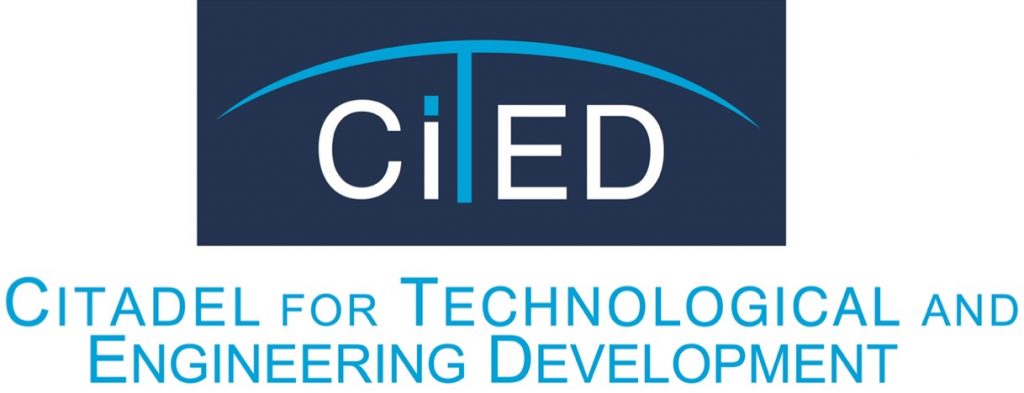Equipment earthing should be differentiated from system earthing since the functions of the two are often confused. A "system earth" is a connection to ground from one of the current-carrying conductors of a distribution or wiring system.

Earthing, Bonding, Lightning & Surge Protection: Design, Installation and Maintenance
Course Description
Earthling is an integral part of any electrical system. Properly selected earthing equipment will accomplish many desirable objectives, such as:
- Improving the system operating characteristics.
- Providing a source of earth fault current relaying.
- Reducing personnel hazards.
Equipment earthing should be differentiated from system earthing since the functions of the two are often confused. A “system earth” is a connection to ground from one of the current-carrying conductors of a distribution or wiring system.
The return conductor for a line-to-neutral load on either single or multi-phase systems is an example of such a current-carrying conductor. This system ground may be made at such locations as a transformer or generator neutral points by either a solid connection or through a current limiting device.
The primary purpose of the system earthing is related to operational characteristics and is an important, if not an essential part of the power system. This course will discuss the different types of earthing systems in depth.
Course Objectives
- The basic principles & importance of earthing of electrical systems.
- The function of power system earthing and the various options available.
- Role of protective grounding in ensuring safety; sizing of grounding conductors.
- Importance of equipotential bonding in ensuring safety.
- Design of ground electrodes, measurement of soil resistivity, and ground electrode resistance.
- Fundamental principles in the design of grounding systems in substations.
- Solving static electricity-related hazards by grounding and bonding.
- Role of grounding in surge protection of power distribution equipment and sensitive systems.
- How to test and maintain earth electrode & Earthing grid
Course Outlines
Day One:
- What is System Earthing?
- Why Use System Earthing?
- Basics of grounding/earthing & Bonding.
- Objectives of equipotential bonding.
- Different types of functional & Protective earthing.
- Electricity shock & hazards & Equipment earthing
- Static charges and the need for bonding.
Day Two: Different Types of System or Neutral Earthing.
- Systems with an isolated neutral point.
- Reactance earthed systems.
- Resistance-earthed systems.
- Earthed system:
- Effectively earthed system.
- Not effectively earthed system.
- Zigzag earthing transformer.
- Sizing of Earthing resistors & Zigzag transformers.
- To Choose the System’s Earthing Point.
- The practice of Earthing.
- Comparison of Different system Earthing Principles
- Earthing & Earth fault protection.
- Different earthing of distribution system arrangements (TT, TN-C, TN-S & IT) as per BS 7671 & IEC 60364.
Day Three:
- Static electricity and protection.
- Lightning & surge arresters.
- Transient overvoltages.
- PQ problems & triplen harmonics (Zero phase sequence).
- Ground electrode system.
Day Four:
- Substation earthing grid.
- Touch & Step voltages.
- Grounding regulations from various national codes.
- BS 7430 & IEEE 80 Standards.
- Maintenance & Testing (3-pin method, 61.8%, and slope method).
- Finite Element Method (FEM).
Day Five:
- Methods of designing Grounding systems.
- Ground faults.
- Design cases (Grounding module) & Reporting.

